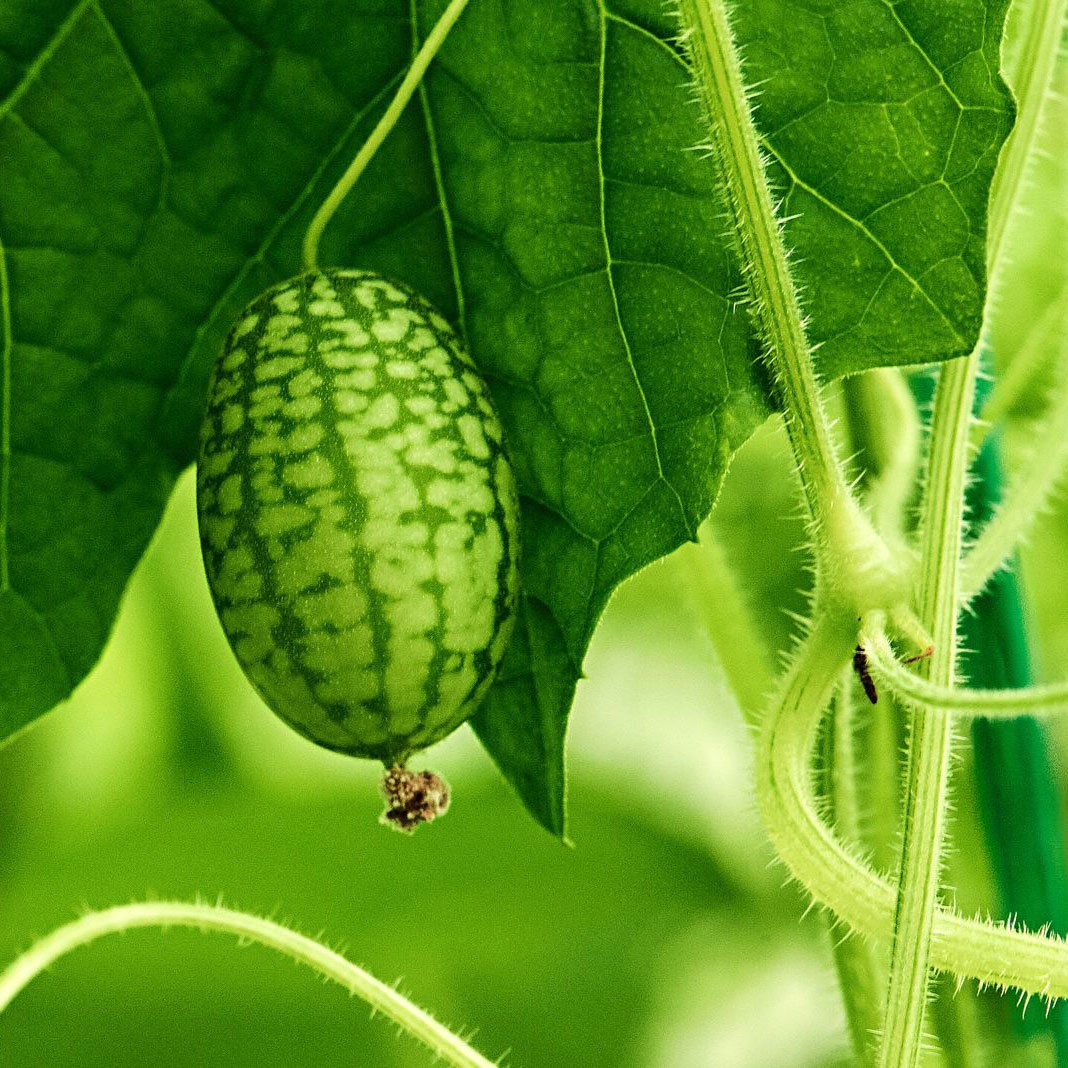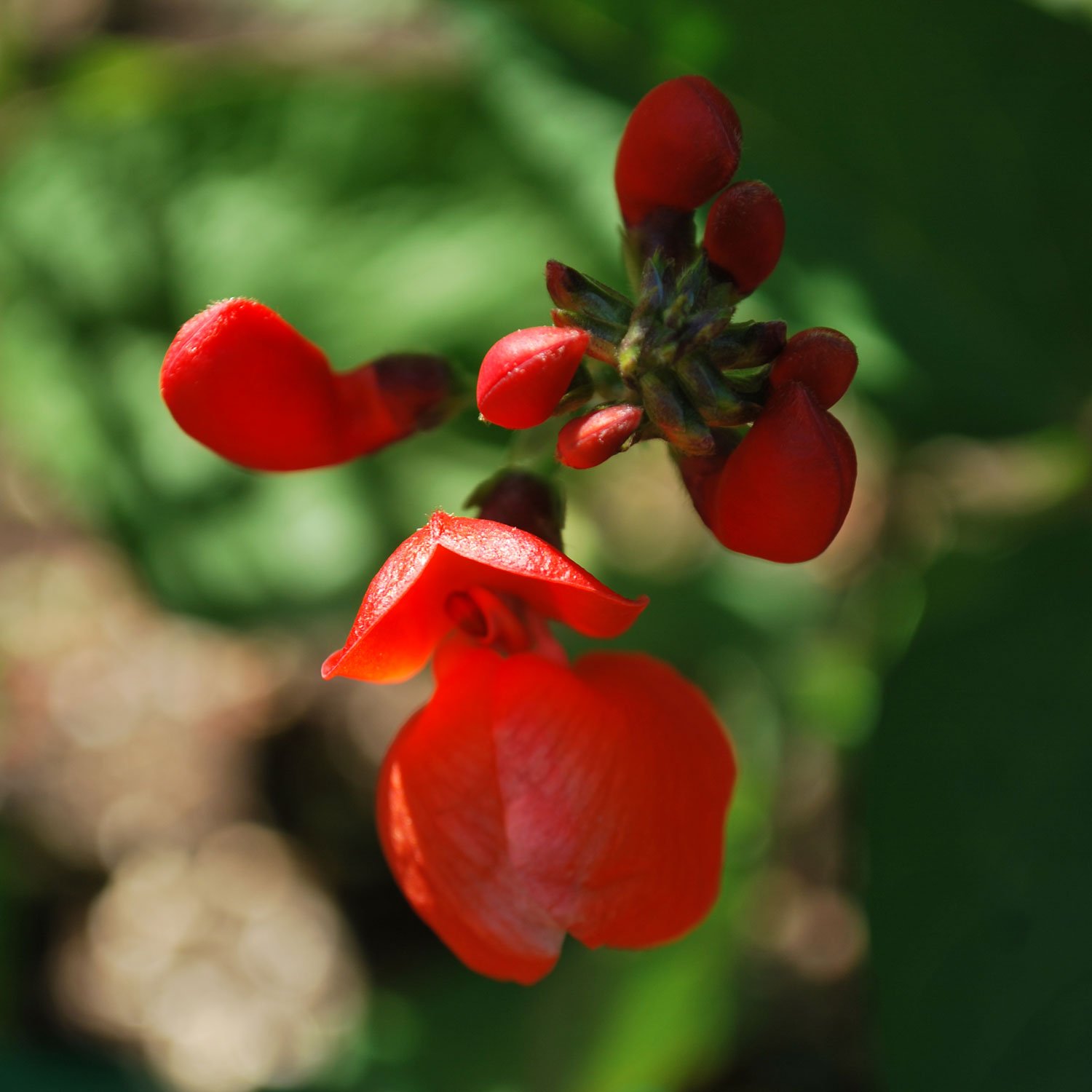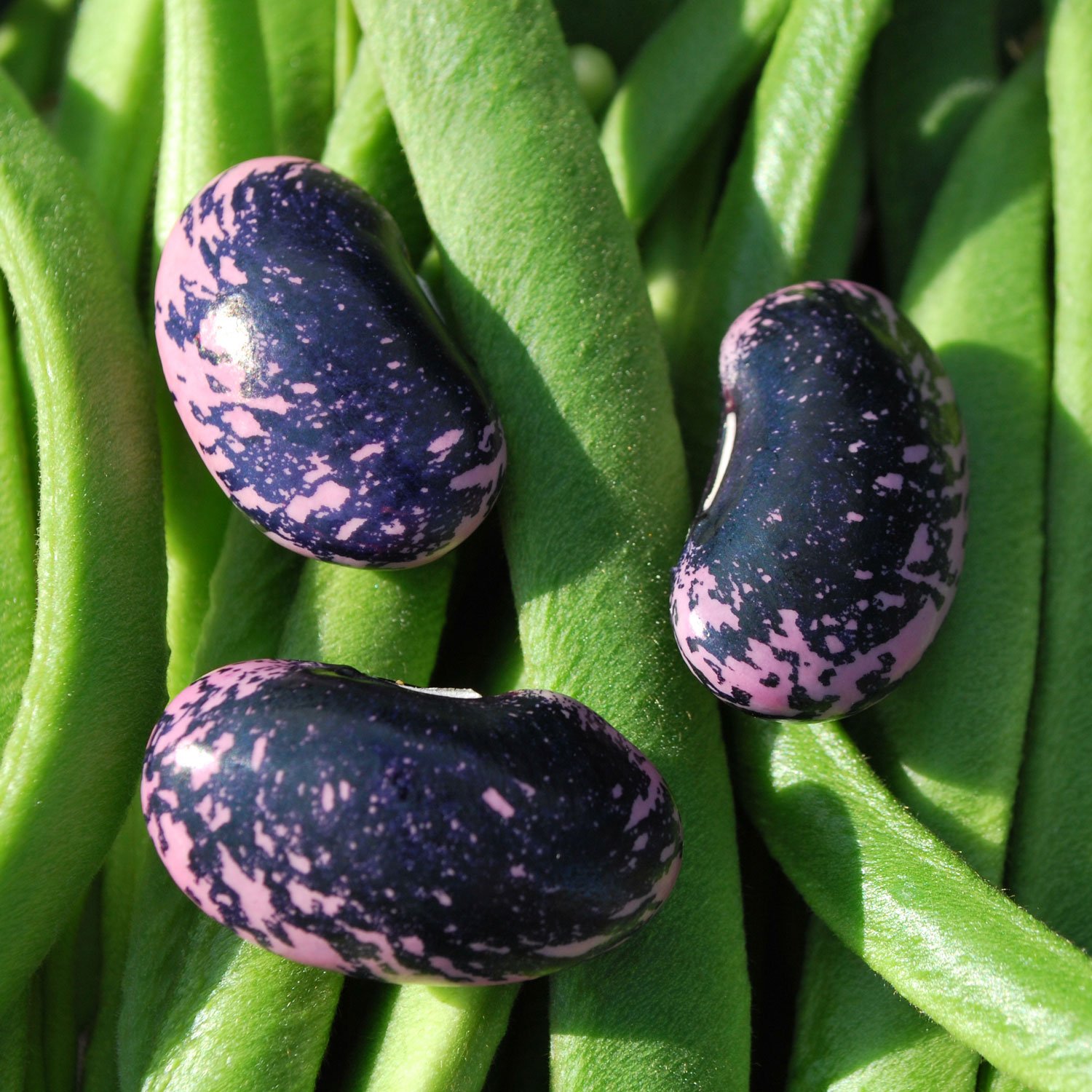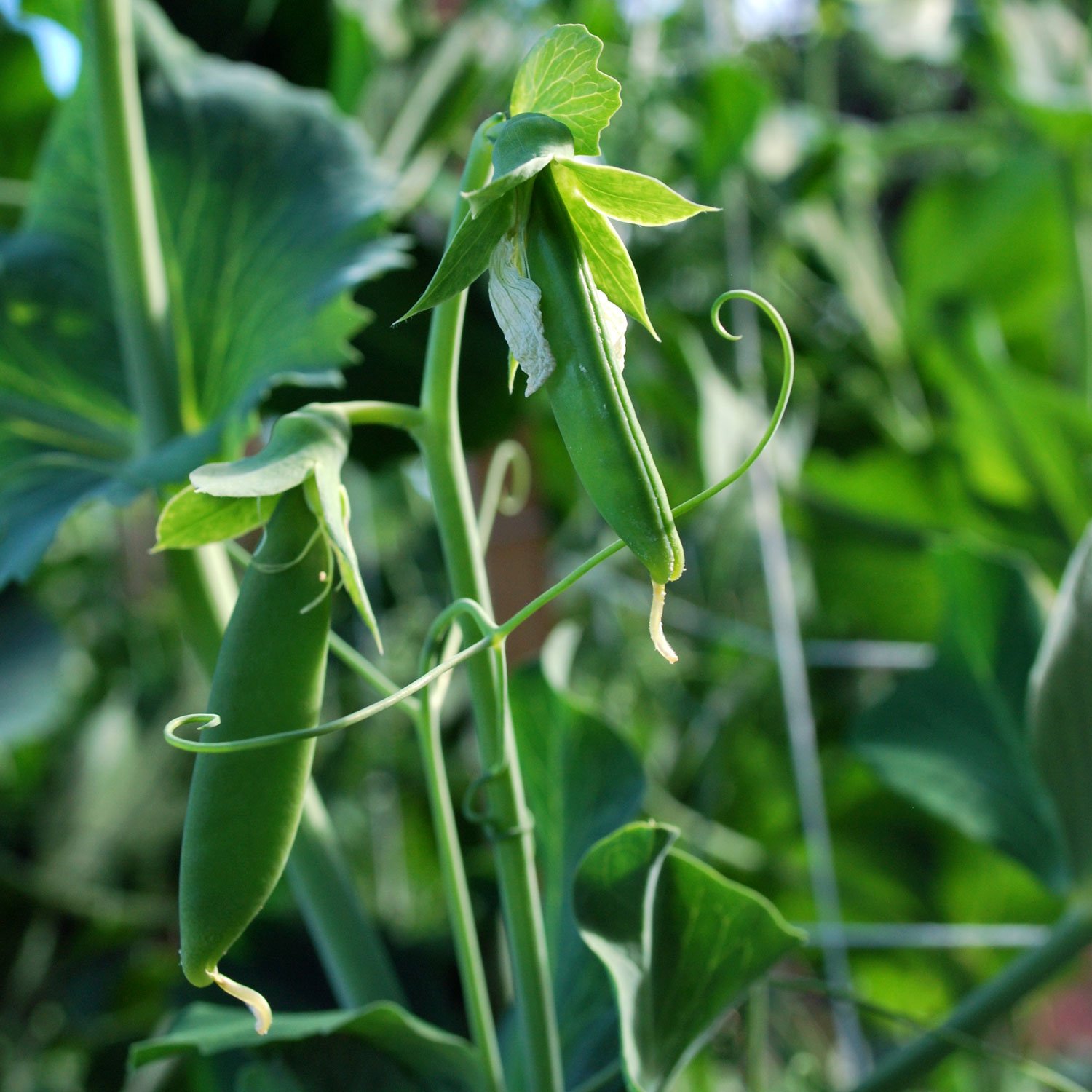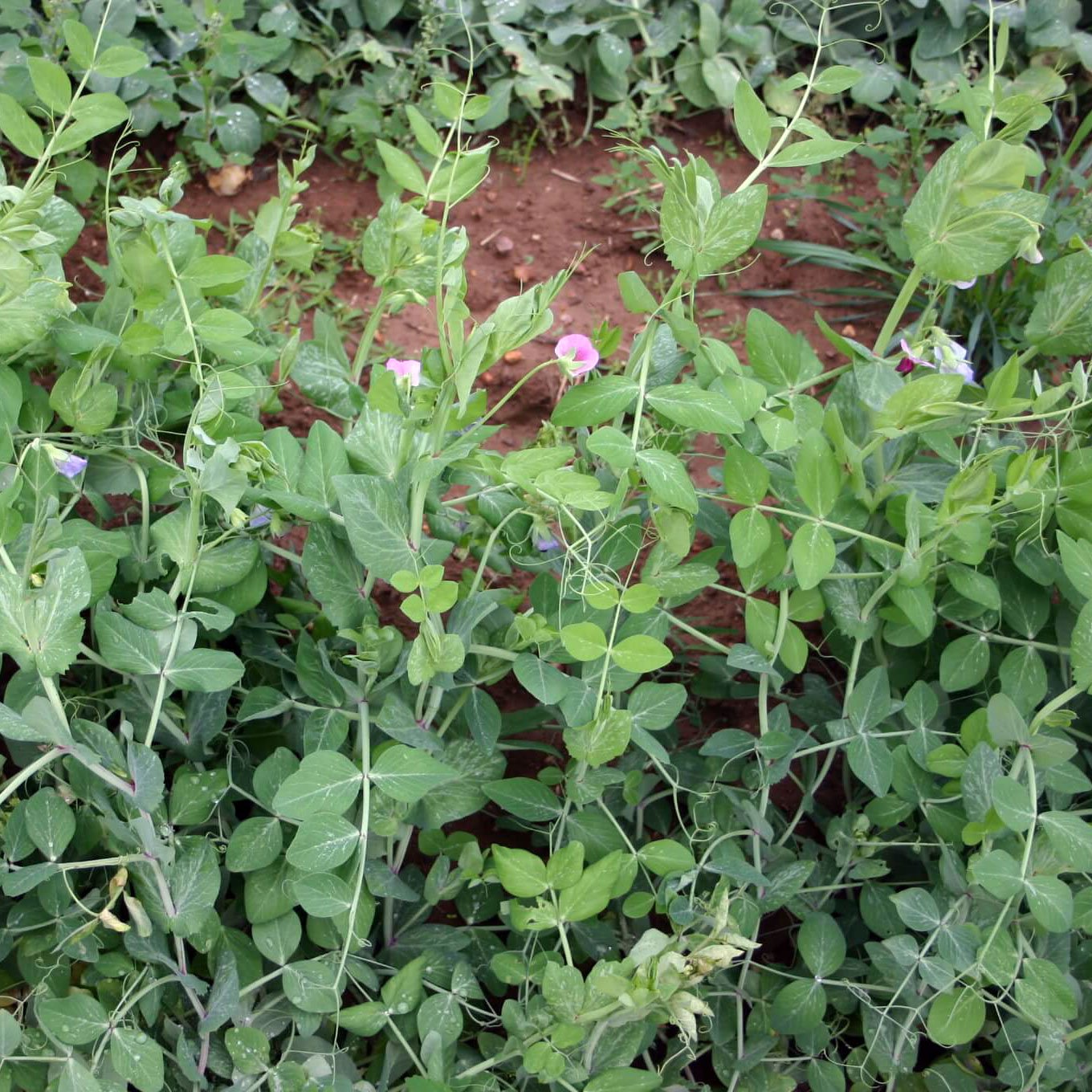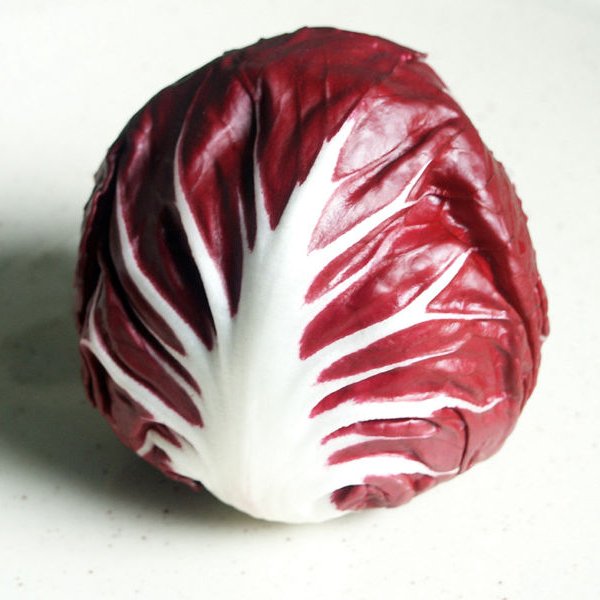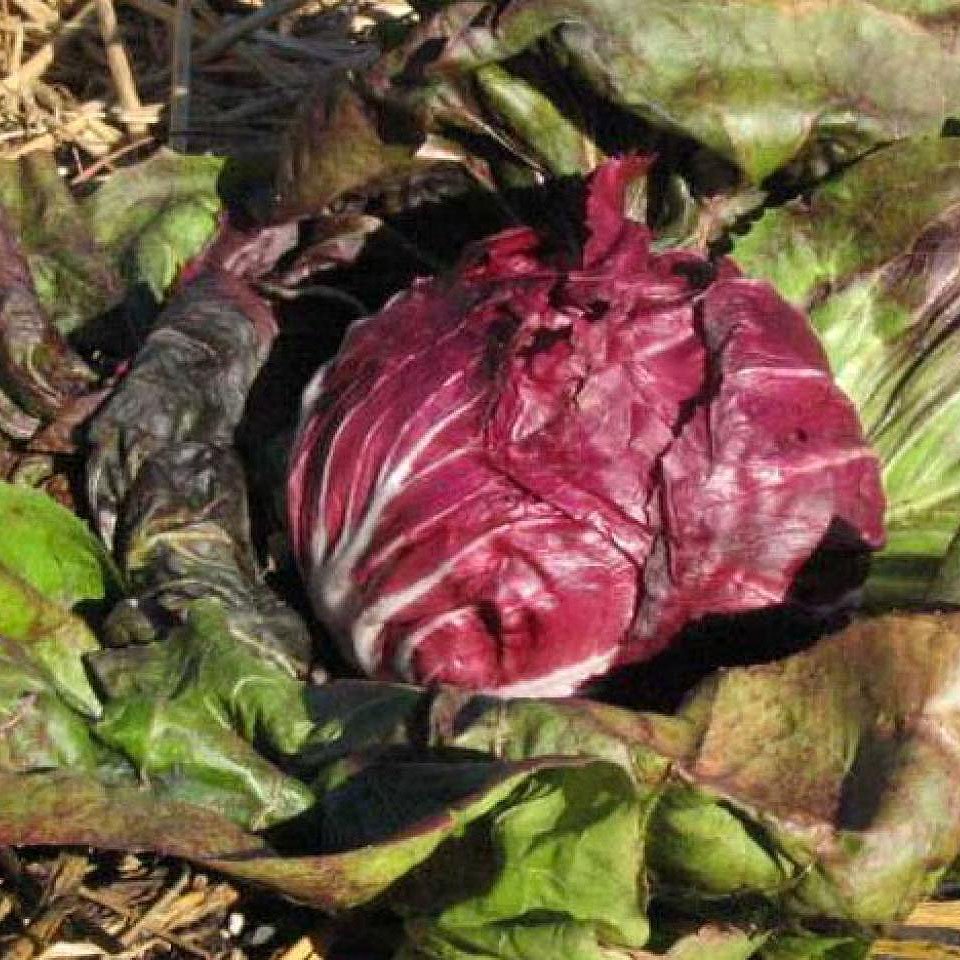Spring is on its way and I’m planning my vegetable garden. Every year I have to balance my desire to plant tried-and-true favorites with the thrill of trying something new. Hence the ever-multiplying number of tomato pots tucked into every corner of the garden. Here are a few of my favorites, vegetables I think everyone should try at least once. Who knows, they may become your go-to crops!
Note: cool-season vegetables such as lettuce, radicchio, and beets arrive in March. Tomatoes, peppers, squash, and other warm-season vegetables will arrive a bit later and need to be protected in the garden until nights stay consistently above 50 degrees. Learn more about when to plant in Vegetables to Plant in Spring and How to Protect your Tomatoes (and other Warm-Season Veggies).
1. Mexican Sour Gherkins (Melothria scabra)
A cucumber? A melon? This savory fruit is a cucamelon and is native to Mexico and Central America. You can grow them like a regular cucumber, easily training them up a trellis. These minis are neither too sweet nor too sour and are perfect for pickling (although they are so delicious right off the vine, they may not make it all the way to your kitchen).
2. 'Black Krim' Heirloom Tomato (Lycopersicon esculentum)
I’m always looking for a delicious new tomato to try. This tasty heirloom has a complex flavor that is smoky, salty, and sweet all at once. An excellent slicer with reddish-purple skin and a nice, firm texture, the large tomatoes ripened well in containers in my PNW garden. See more tomato varieties commonly available at Swansons.
3. 'Padrón' Peppers (Capsicum annuum)
These small Spanish peppers - mild when green and spicy when red, but equally delicious no matter what the color - are our pick for the very best all-purpose pepper. Traditionally, they are pan-fried whole in olive oil and finished with sea salt and a squeeze of lemon juice. Fun fact: occasionally, one of these innocuous-looking green peppers turns out to be extremely hot, hence the Spanish saying: "Pimiento de Padrón, pequeño pero matón" (which roughly translates as the Padrón pepper, little but a killer).
4. Scarlet Runner Beans (Phaseolus coccineus)
What can I say about scarlet runner beans? They are equally wonderful planted as an edible or as an ornamental. Seriously, I love this plant. Easy to grow, these 8-ft.+ hardy vines scamper up trellises and erupt with crimson blooms that attract bees and hummingbirds. For those that prefer a more muted palette, ‘Painted Lady’ has lovely salmon and cream bicolor blossoms. The young green beans have a unique flat pod with a rich flavor. Save the more mature pods to harvest shelling beans swirled with deep purple and lavender. Use them for soups or save them and replant next season.
5. Ground Cherries (Physalis spp.)
With a sweet-tart flavor that works well in desserts, salads, main dishes, and more (they make the best salsa you've ever had, we promise), the ground cherry deserves more attention. The plants bear large yields of husked fruit that, curiously, fall to the ground before they are ripe. Simply gather them up and store them at room temperature until they deepen to a rich orange and are ready to eat.
6. 'Chioggia' Beets (Beta vulgaris)
These Italian darlings (pronounced [kee-oh-jee-uh]) are the fashionistas of the vegetable world, all decked out in chic red and white stripes. Try them on pizza with sautéed shallots and goat cheese, add them to mixed greens to create salad art, or make fanciful and nutritious Chioggia chips by frying thin slices in peanut oil, then dusting them with sea salt.
7. Compact Pea Varieties (Pisum sativum)
Always wanted to grow peas but not deal with a trellis? New, compact varieties are great for a pot on a balcony or patio and don’t need added support. Add the young pea shoots to salads and stir-fries and snack on the sweet pods straight from the garden. Learn more about growing peas.
8. 'Forellenschluss' Lettuce, aka 'Flashy Trout’s Back' (Lactuca sativa)
An Austrian romaine lettuce with vivid green leaves sporting lovely deep red splotches. This lettuce is not only deliciously crisp and flavorful, it holds up well in summer's heat and adds dramatic interest to the garden. Plus, it’s fun to say “Forellenschluss”! Hint: Tuck it into your ornamental border for a colorful and delicious display.
10. 'Delicata' Winter Squash (Curcubita pepo)
This squash performs well in the worst Seattle summers and is easy to grow, even for beginners. The skin is so delicate (hmmm… wonder where they got the name?) that you can even eat it. Roast a halved Delicata in the oven with butter and a sprinkling of brown sugar and chili powder and eat it straight out of the shell as a sweet and spicy treat.
9. Radicchio (Cichorium intybus)
Tired of lettuce? Try radicchio, a member of the chicory family. Remove the outer leaves of the head to discover inner leaves of deep burgundy with white ribs and a slightly bitter taste. Excellent raw in salads or grilled with a little olive oil and sea salt. Mangiamo!
Editor’s Note: a previous version of this post was published in 2014. The 2022 version has been updated and improved!


